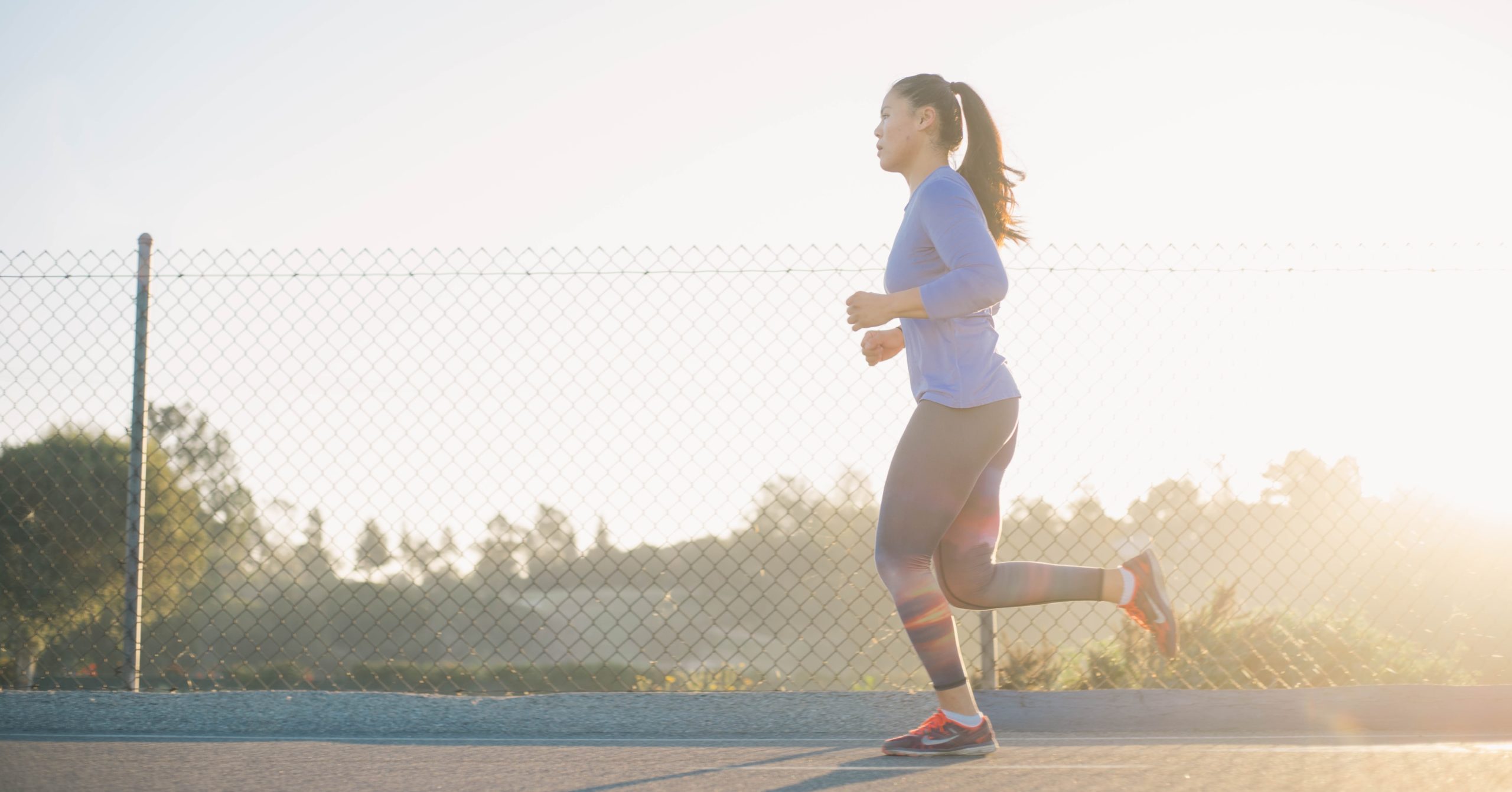Running – some people love it, some people hate it. But have you ever tried doing it in reverse? That’s right, backwards running is becoming increasingly popular, with a 50% increase in 2021, according to a study published by PureGym, a U.K. based chain of health clubs.
WHAT IS REVERSE RUNNING?
Also known as backwards running, retro running and running backwards, reverse running is as simple as its name – running in reverse. Quite literally, running backwards.
IS THIS NEW? I’VE NEVER HEARD OF IT.
Reverse running has been around for a long time but is currently gaining popularity as a fitness trend. Europe (especially Italy) along with China and other countries have a healthy community of reverse runners. While there are currently only two backward running race events in the United States, backward race running is much more robust elsewhere.
WHAT ARE THE BENEFITS?
Reverse running is popular in physical therapy to help rehab patients with hip, groin, joint, knee, hamstring and low back injuries. The reverse running pattern taxes muscles in a different way than forward running and is easier on
the knees.
The University of Oregon compiled 25 years worth of data to conclude that standard running is only 80% as difficult
as backwards running. They also determined that reverse running helps improve posture, allows the lungs to operate more efficiently and helps the joints absorb the shock better than forward running. What’s more, backwards running helps with shin splints (a common ailment among runners) as well as burning one third more calories than traditional forward running. Reverse running can help build muscle balance by developing the opposing muscles to forward running. This helps prevent injury and the overdevelopment of certain muscle groups.
HOW DO I INCORPORATE REVERSE RUNNING INTO MY ROUTINE?
While some super athletes like Timothy “Just Call Me Bud” Badyna hold world records for running backwards in the 5K, 10K, 200 yard and marathon distances, adding some shorter distances can still be beneficial.
Runner’s World recommends starting with two to four 30 second intervals to get used to the motion. As you become more comfortable and proficient, you can increase the time, distance or speed. You can incorporate backwards running as you would with speed intervals to switch things up and challenge your body in new ways.
Running provides many benefits such as cardiovascular conditioning, muscle strengthening and stress relief. Reverse running is an interesting spin on traditional running that can provide numerous health benefits as well as a break in a sometimes monotonous running routine.
Related Articles:
The quest for the perfect running shoe

